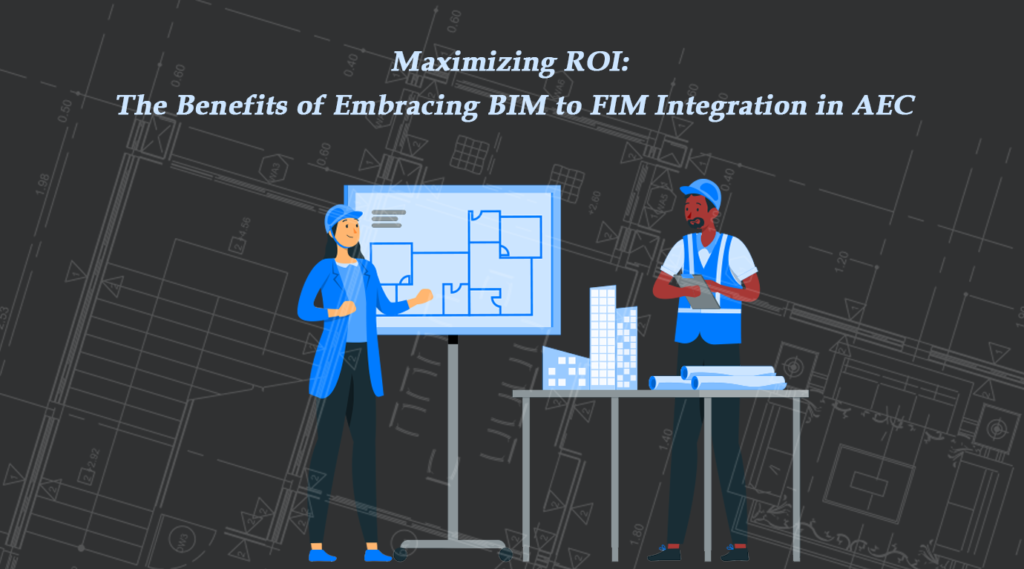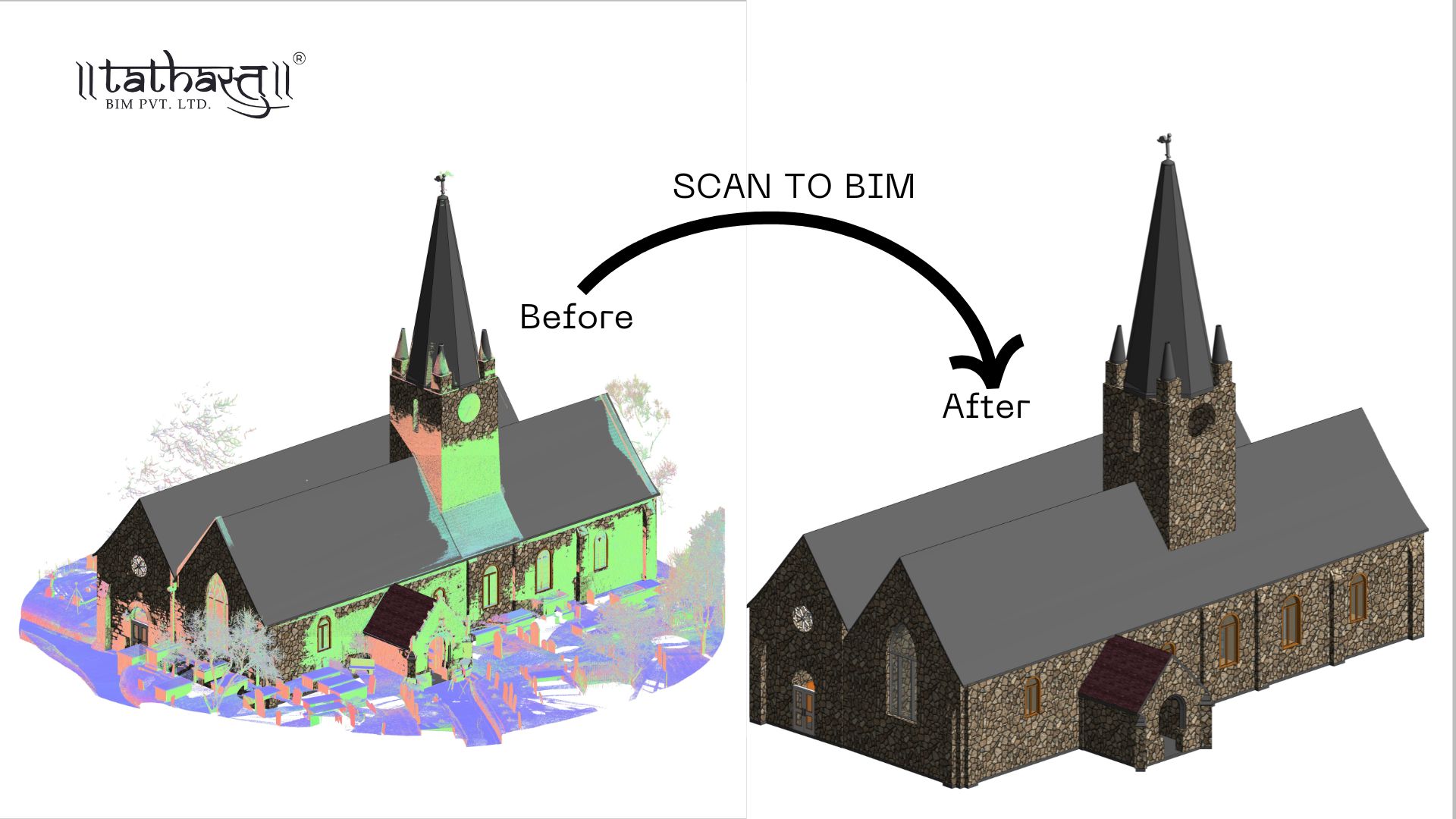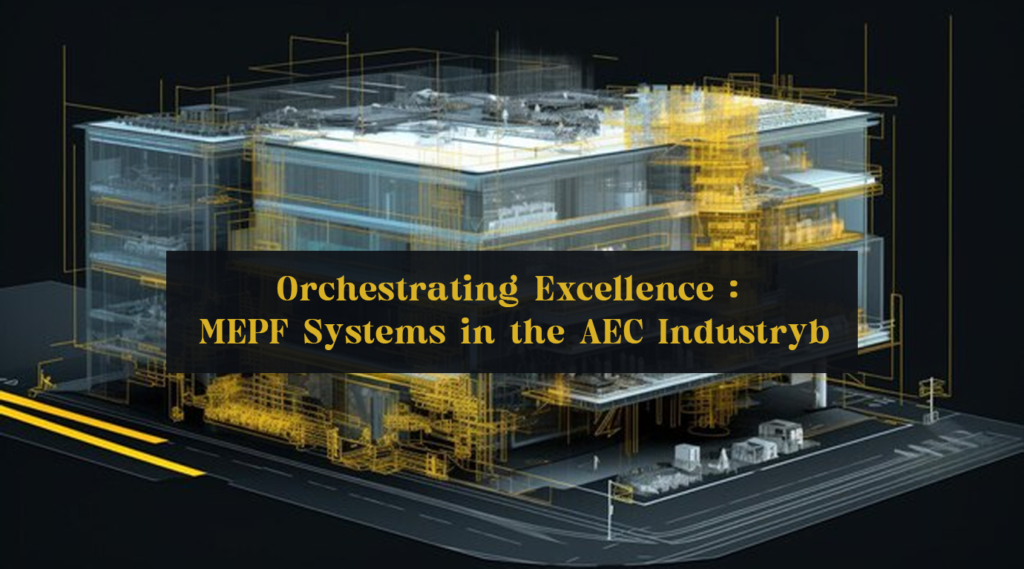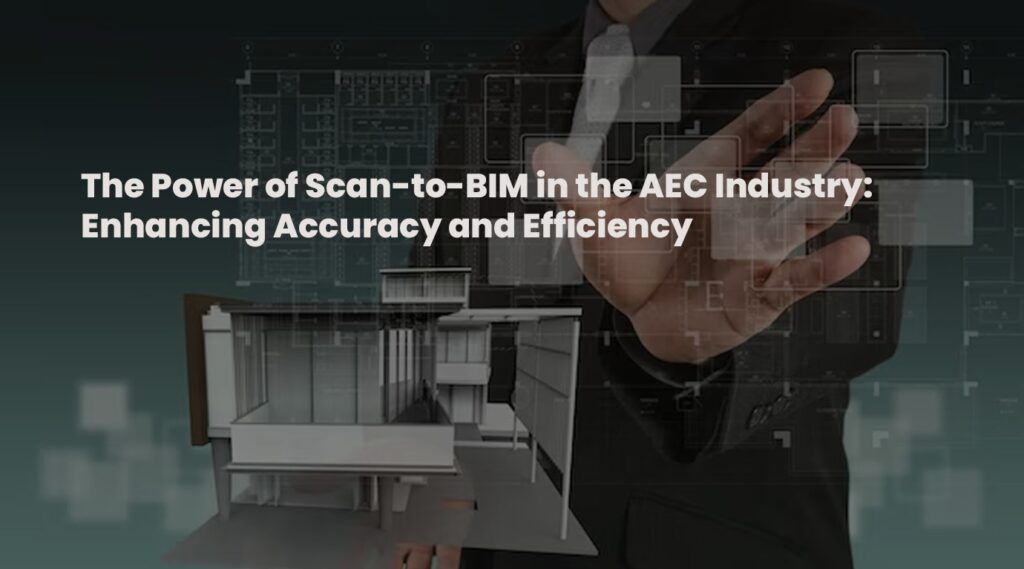


Maximizing ROI: The Benefits of Embracing BIM to FIM Integration in AEC
Are you tired of wasting time, money, and resources on inefficient construction projects? If so, it’s time to join the revolution that is sweeping through the Architectural, Engineering, and Construction (AEC) industry. By embracing Building Information Modeling (BIM) to Facility Information Management (FIM) integration, you can unlock a world of benefits that will not only maximize your Return on Investment (ROI), but also transform the way you approach and execute construction projects. In this blog post, we will explore the incredible advantages of this revolutionary integration and how it can propel your business towards unparalleled success. So buckle up and get ready to take your AEC game to new heights!
Introduction to BIM to FIM Integration in AEC
Building information modeling (BIM) and facility information management (FIM) are two essential technologies in the AEC industry. When used together, they can provide a more comprehensive view of a building or project, and help to improve coordination and communication between all stakeholders.
BIM is a process for creating and managing digital representations of physical and functional characteristics of a facility. BIM models can be used to generate 2D drawings and 3D models, as well as data that can be used for analysis and simulation. FIM is a software application that helps manage the lifecycle of a facility, from design and construction through operations and maintenance.
Integrating BIM and FIM can help improve project coordination by providing all stakeholders with access to up-to-date information about the project. It can also help reduce the risk of errors and omissions, and improve decision making throughout the project lifecycle.
What is BIM to FIM?
BIM to FIM integration is a process that allows for the seamless exchange of data and information between Building Information Modeling (BIM) and Facilities Management (FIM) systems. This type of integration provides AEC professionals with the ability to better manage their buildings and facilities, leading to increased operational efficiency and improved ROI.
Some of the benefits of BIM to FIM integration include:
- Improved coordination between design, construction, and facility management teams
- More accurate and up-to-date information about building assets and systems
Increased visibility into building performance and maintenance needs
Reduced costs associated with rework, change orders, and facility operations
Benefits of Implementing BIM to FIM for AEC Projects
When it comes to construction, AEC firms are always looking for ways to improve their processes and optimize their projects. One way to do this is by integrating BIM (Building Information Modeling) with FIM (Field Information Management). Doing so can offer a number of benefits, including:
- Increased Efficiency: By having all project information in one central location (i.e. the BIM model), everyone involved in the project can access it easily and quickly. This leads to more efficient communication and collaboration, which can ultimately save time and money.
- Improved Quality: With all project information readily available, it’s easier to catch errors and potential problems early on. This can help avoid costly mistakes and rework down the road.
- Greater Transparency: When all project data is stored in a BIM model, it’s easy for everyone to see what’s going on at any given time. This transparency can help reduce misunderstandings and miscommunication among team members.
- Enhanced Collaboration: The ability to share information easily and quickly promotes collaboration among team members, which can lead to better results overall.
- Greater flexibility: BIM models can be updated easily as changes occur, giving you the ability to make last-minute adjustments without disrupting the entire project schedule or budget
How to Implement BIM to FIM
BIM (Building Information Modeling) is a process that helps architects, engineers and construction professionals work together more effectively to create better buildings. FIM ( Facility Infrastructure Management) is the application of management principles to the maintenance and operation of physical infrastructure assets. The integration of BIM and FIM can help organizations maximize their return on investment in AEC projects by improving communication and collaboration, reducing costs, and increasing efficiency.
There are many benefits to integrating BIM and FIM, but some of the most important are:
- Improved communication and collaboration: BIM provides a common platform for all project stakeholders to share information and collaborate more effectively. This can lead to reduced conflicts, improved decision making, and faster project completion.
Reduced costs: BIM can help reduce the cost of materials, labor, and engineering fees by allowing for more accurate estimates and better coordination between disciplines.
Increased efficiency: BIM-FIM integration can help streamline workflows and improve overall project efficiency. This can save time and money while ensuring that projects are completed on schedule.
Strategies for Maximizing ROI with BIM to FIM Integration
There are many benefits to integrating BIM and FIM in AEC, but perhaps the most important is maximizing ROI. By integrating these two technologies, AEC firms can save time and money while improving quality and accuracy. Here are some strategies for maximizing ROI with BIM to FIM integration:
- Use BIM to create a more efficient design process.
- Use FIM to streamline construction processes.
- Use BIM and FIM together to improve coordination between design and construction teams.
- Use BIM to create a virtual model of the project that can be used for marketing and pre-construction planning purposes.
- Use FIM to create as-built documentation that can be used for post-occupancy evaluations.
Challenges of Implementing BIM to FIM in AEC
There are a number of challenges that can arise when implementing BIM to FIM integration in AEC. One challenge is the potential for data loss or corruption during the transfer process. Another challenge is the need to maintain two separate databases (BIM and FIM), which can be time-consuming and inefficient. Additionally, there may be compatibility issues between the two systems, which can make it difficult to properly integrate them. It can be difficult to train staff on how to use both systems effectively.
Conclusion
In conclusion, integrating BIM to FIM in AEC can be extremely beneficial for all stakeholders. Not only does it offer improved accuracy and efficiency but also a greater return on investment (ROI). Though the process may not always be straightforward, by investing time into understanding the fundamentals of BIM to FIM integration, organizations can realize tremendous progress towards maximizing their AEC project ROI.
Popular Posts





